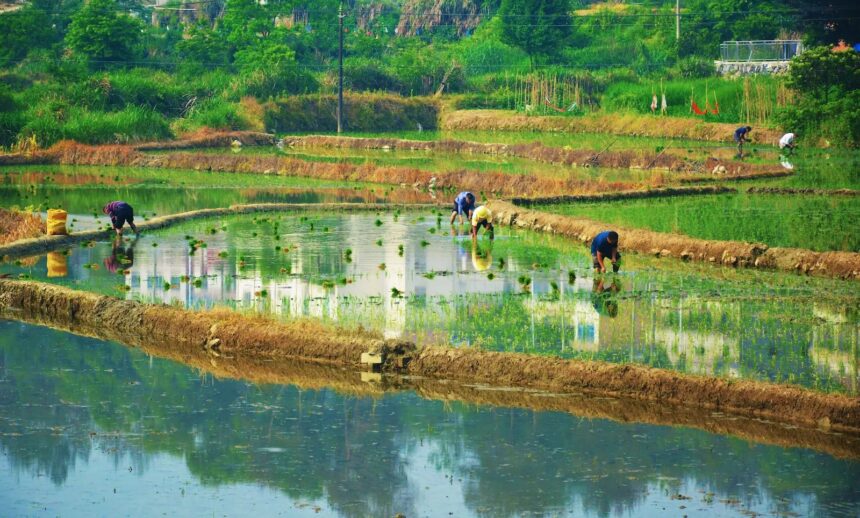Arsenic in Rice Health Risks Spark Global Warnings
The humble grain that feeds half the world harbors a disturbing secret. Recent studies have confirmed what health researchers have been warning about for years – rice, particularly certain varieties and growing regions, contains concerning levels of arsenic. This revelation isn’t merely scientific trivia but a potential health crisis affecting billions who consume rice as a daily staple.
Last month, the World Health Organization strengthened its warnings about long-term exposure to inorganic arsenic through rice consumption, citing evidence linking it to developmental issues, cardiovascular disease, and several types of cancer. For countries where rice forms the foundation of daily nutrition, these findings present a troubling dilemma between cultural dietary traditions and emerging health concerns.
“Rice efficiently absorbs arsenic from soil and water during growth,” explains Dr. Elaine Chu, environmental toxicologist at McGill University. “The contamination isn’t uniform – it varies dramatically by geography, cultivation methods, and even rice variety.” White rice typically contains less arsenic than brown rice, counterintuitively making the less processed option potentially more problematic from a toxicological perspective.
The highest concentrations have been documented in rice grown in regions where groundwater naturally contains elevated arsenic levels or where decades of industrial activity have contaminated soil. Bangladesh, parts of India, and even areas of the United States – particularly in the south – produce rice with notably higher arsenic content than global averages.
Concerns for Parents and Children
For parents, these findings present particular challenges. Rice cereal has traditionally been recommended as a first food for infants, and rice-based products pervade children’s snack options. Health Canada recently joined other regulatory bodies in recommending parents diversify grain consumption for young children, limiting rice-based products and incorporating alternatives like oats, barley, and quinoa.
Calls for Transparency
The Montreal-based advocacy group Food Safety Now has been monitoring the issue closely. “We’re not suggesting people abandon rice completely,” says director Marc Benoit. “But consumers deserve transparent information about what they’re eating and practical strategies to minimize exposure.” The organization has been pushing for mandatory testing and clearer labeling of arsenic levels in rice and rice-based products.
Industry Response
Industry response has been mixed. Some major producers have implemented new growing and processing techniques that significantly reduce arsenic accumulation. Others have criticized what they characterize as alarmism, pointing to the lack of clear regulatory standards in many jurisdictions and the thousands of years rice has been consumed without recognized population-wide effects.
Steps for Consumers
For consumers, particularly those following gluten-free diets who often rely heavily on rice-based alternatives, practical steps can reduce exposure. Thoroughly rinsing rice before cooking, using excess water when cooking (the pasta method), and diversifying grain consumption all help minimize arsenic intake. Some studies suggest that specific cooking methods can remove up to 60% of arsenic content from rice.
Wider Implications
The emerging science around arsenic in rice also raises broader questions about food security, agricultural practices, and environmental contamination. Climate change may further complicate the picture, as flooding and changing water tables could potentially increase arsenic mobility in soil in major rice-producing regions.
As we navigate these complex issues at the intersection of nutrition, culture, and environmental health, one thing becomes clear: our food systems require more rigorous monitoring and transparency. The rice on your plate connects you to global agricultural practices, environmental conditions, and regulatory frameworks that remain largely invisible to consumers.
For more perspectives on how cultural food traditions adapt to emerging health information, visit CO24 Culture.
Will our relationship with this ancient grain need to evolve in response to what we now know? The answer, like so many aspects of our modern food system, lies somewhere in the balance between tradition, science, and the precautionary principle that prioritizes public health.







